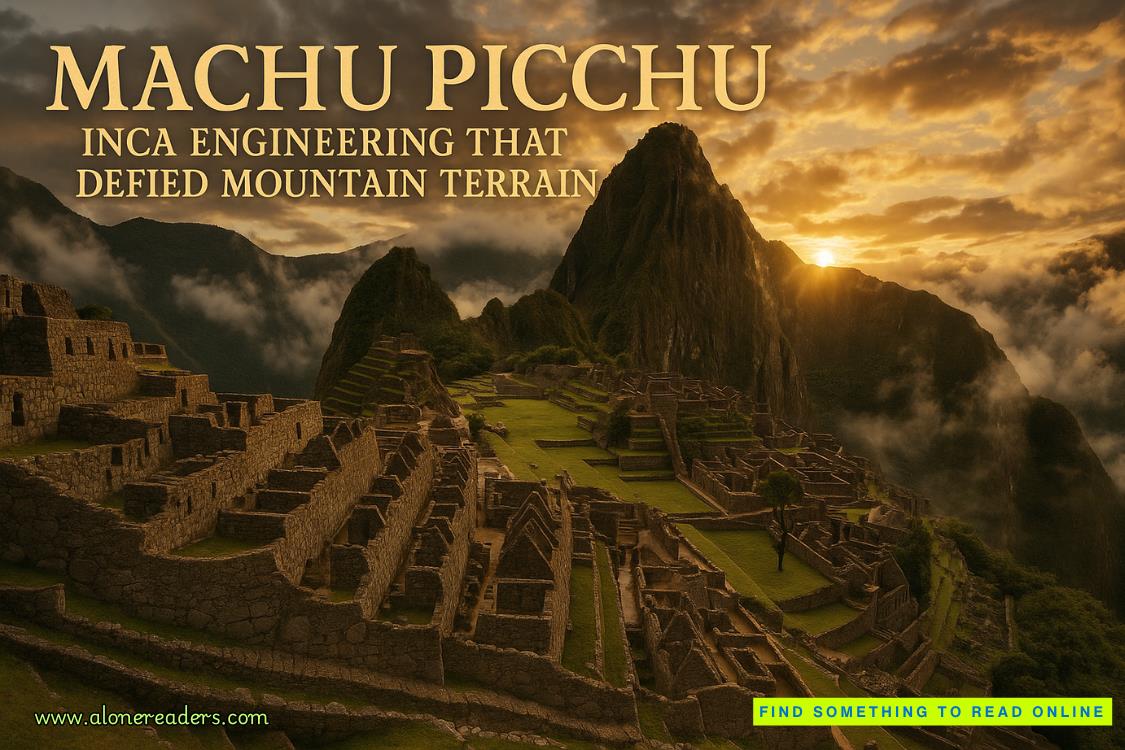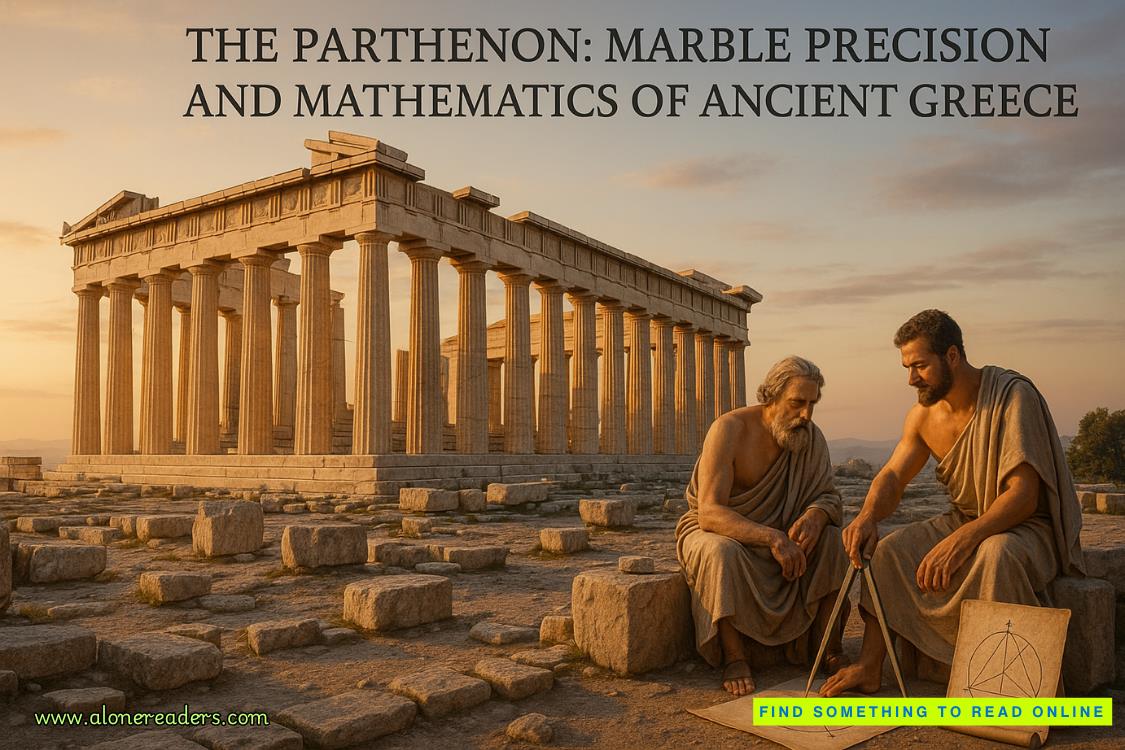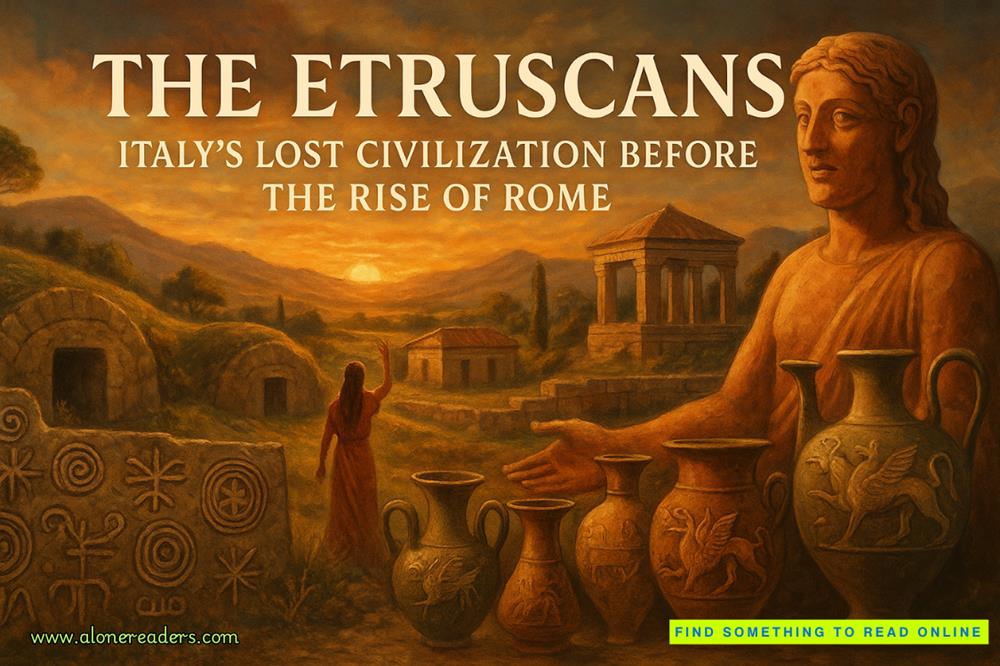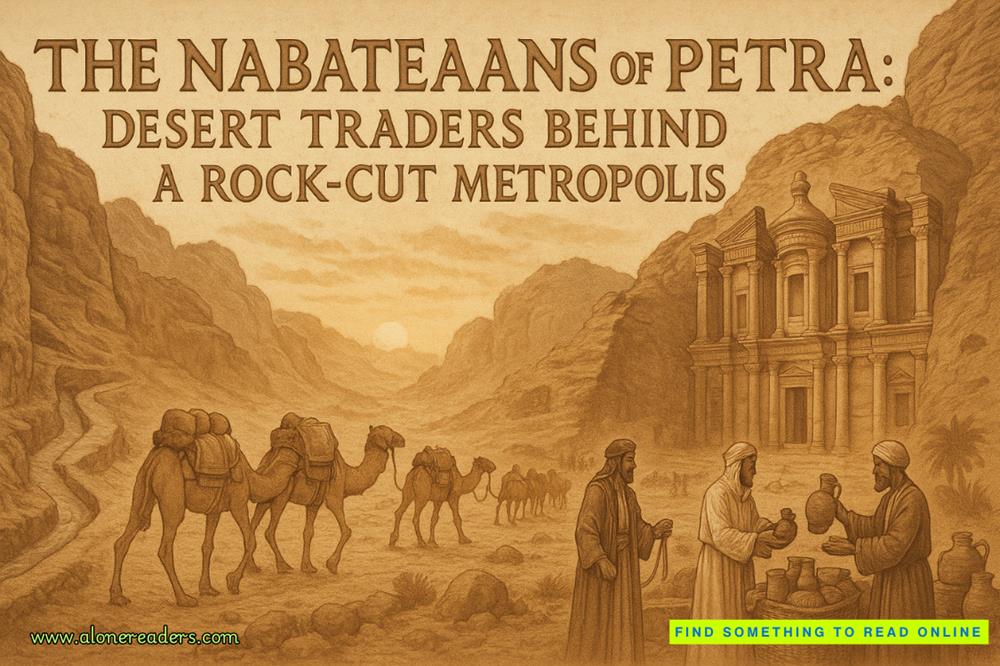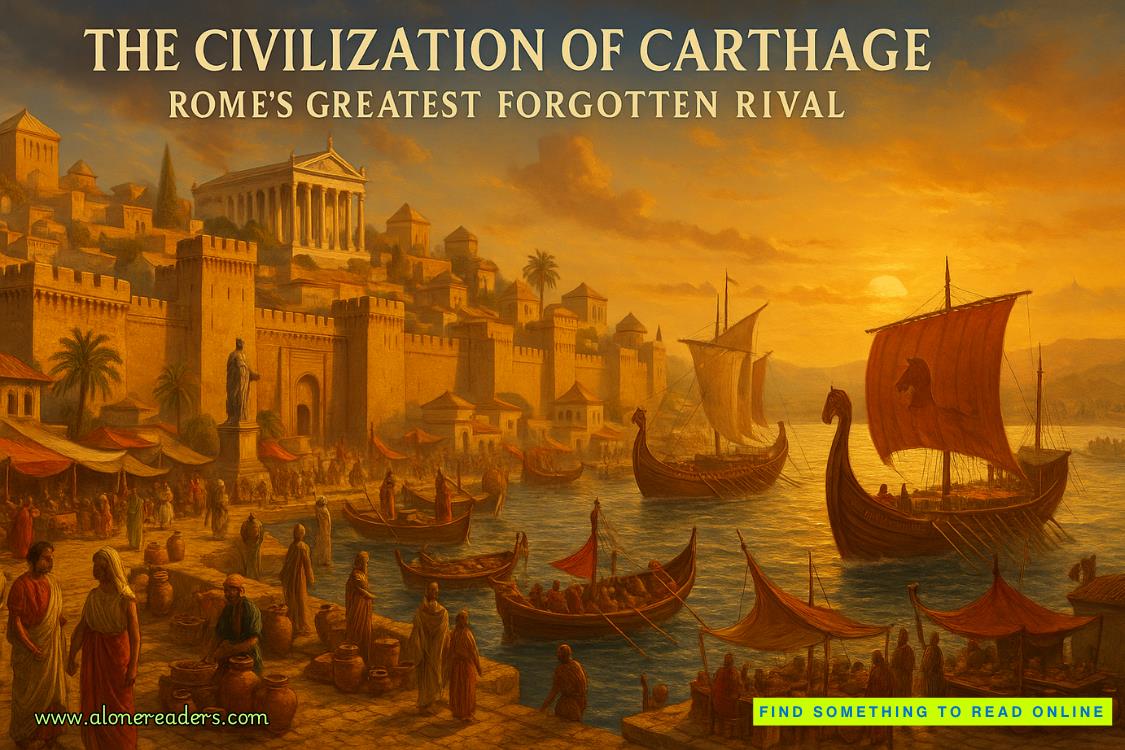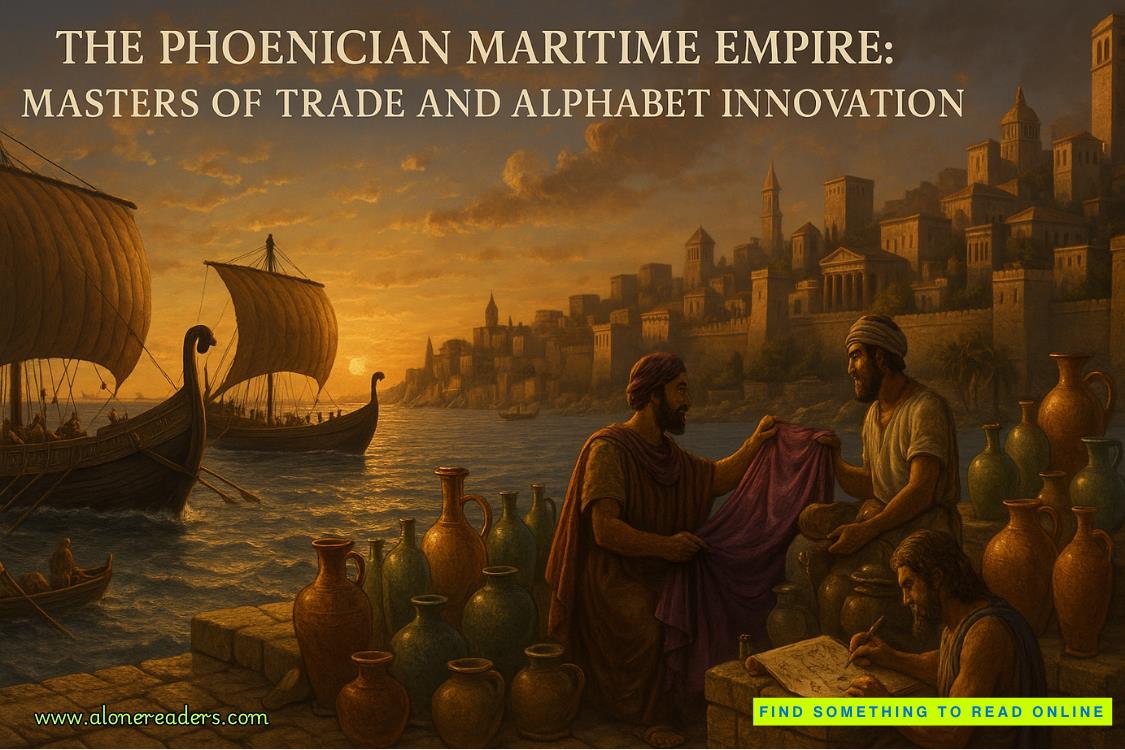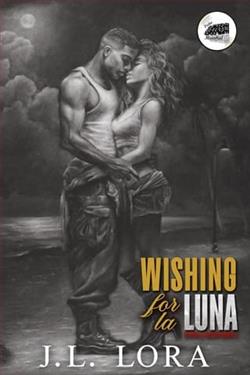Page 1 of Everything We Give
CHAPTER 1
IAN
Almost any guy can credit at least one woman who influenced the man he is today. I have two. One adores me and the other deserted me. Both have shaped me. And both have made a lasting impact on my photography.
Because of my mom, Sarah, I gave up my aspirations of becoming a photojournalist. It’s not easy for me to admit, but it’s difficult to pursue an assignment through the Associated Press when you can’t bring yourself to snap a photo of a human being suffering. But thanks to my wife, Aimee, opening my eyes to the more idyllic side of humanity, my photography no longer focuses solely on nature and wildlife. It has evolved to include a human element, and has been featured in magazines the likes ofDiscoverandOutside.
Despite the yin and yang effect these two women have had on my life and the trauma that set me on a career path I hadn’t intended to take in my youth, I still arrived at my original destination: that of an award-winning photographer.
As for the women? I love them both.
I remove the last of my photos, this one titledSynchronicity, at the Wendy V.Yee Gallery to make room for my friend Erik Ridley’s upcoming exhibit. The image is of analoitador, one of several horse handlers, launching over a sea of wild Galician horses packed into the village’scurro, a small, circular arena. Dusty and sweaty, his arms defined with sinewy muscle, the Spanish horse handler has one goal in mind: land on the horse’s back and manage it to stillness.
I captured the shot last July at theRapa das bestas, an ancient “shearing of the beasts” ritual that occurs annually in the northwestern region of Spain. Wendy describes the photo to prospective buyers as a riveting example of man in sync with beast. It’s one of many I submitted toNational Geographiclast month when Erik heard of the magazine’s interest in publishing an article about theRapa. Erik introduced me to the photo editor, Al Foster, and I’ve just concluded a call with him. Al accepted my proposal. My work will be featured in an upcoming issue, and if I’m lucky, I’ll nab the issue’s cover.
Dream. Come. True.
I fist-pump the air, then leanSynchronicityagainst the wall with the other photos to be boxed and held in storage during the special exhibit.
“That’s the last of them,” I tell Wendy, making my way over to her desk. Her assistant, Braxton, is still out with the flu so Wendy had called me to help prep the gallery for Erik’s showing by taking down my work and putting up his.
Wendy and I have known each other since our time at Arizona State University when we both realized we weren’t cut out for photojournalism. Wendy discovered she was better at selling photos than developing film, and my inner demons still waged their war. Landscape photography was safe and I was good at it. Besides, a waterfall had yet to lunge at me and smack the equipment from my hands.
Wendy looks up at me from where she leans over her desk. “I have one more for you.” She points her pen at a photo I’d hung on the far side of the gallery, a monochrome in gray of an Indonesian palm forest. Swooping patterns etch numerous acres across the panoramic shot. The design is almost beautiful until you realize forests have been decimated to supply the demand for palm oil, as noted on the placard Wendy had me post alongside the photo. Erik’s work is edgy in his attempt to portray the harsh reality of destruction happening to natural environments from the impact of human consumption. The upcoming exhibit, a photographic retrospective, is daring compared with previous shows Wendy has hosted and exactly what she wanted when I referred Erik to her.
“The show must make an impact. I want visitors to feel the devastation Erik portrays, but we must still strike a balance in its presentation. I’m thinking more color.” Wendy jiggles the computer mouse. The monitor brightens, displaying Erik’s portfolio. She scrolls through his work, chewing her lower lip, her gaze darting over the thumbnail images. “This one.” She clicks on the image, an aerial of a white farmhouse drowning in an expansive cornfield, combines slicing through the rows like an alien invasion. Knowing Erik, I’m sure the corn is genetically modified.
“Do you mind replacing the monochrome with the farm? Switch them for me; then I’m done with you.”
“Yes, ma’am.” I give her a mock salute, find the framed photo in storage, and dash across the gallery in a sudden rush to get out of there. Aimee’s waiting for me at the café. I work with a smile.
“You’re cheerful. What’s gotten into you?”
“I—” I stall, and my grin widens. I point pistol-style at Wendy. “I’ll tell you tomorrow.” I want to share my news with Aimee first. She’ll be thrilled.
As I take down the monochrome, I think about how we should celebrate, and I get an idea: cocktails and dinner at La Fondue.Parfait!It’s been a few months since we’ve had a night out together. Dinner should help us get back to the way things were before June. It’s time we celebrate us, which makes me think abouthowwe’ll celebrate, especially after we put our four-year-old daughter, Sarah Catherine, to bed. My entire body buzzes.
Hmm. Maybe I can convince the in-laws to keep little Caty for the night.
I text my mother-in-law, Catherine Tierney. Caty’s with her now. Hopefully she can stay. I have plans, mature-audience-rated plans, for Aimee and me.
Slipping my phone into my back pocket, I hang up the white farmhouse photo. The scene transports me back to Idaho where I grew up in a similar house. My dad owns the land, which he inherited from his father. But he doesn’t work it, never has. He leases the acreage because he’s rarely home. I don’t think he wanted to be home, at least not while I lived there. As a sports photographer, Stu Collins chased the next great Hail Mary pass.
I finish up, put away the tools, and join Wendy at her desk. I check my tactical wristwatch, a recent birthday gift from Aimee. Erik has a meeting with Wendy and he’s late. I was hoping to catch him before I left.
“What time did Erik say he’s coming in?”
“He’s not going to make it.” Wendy types some notes, her goth-painted nails a stark contrast to the cream linen sheath she wears. They blur across the keyboard. “Mercury Newssent him on assignment to cover the damage from the Big Sur wildfires. He called while you were outside on your phone. He says he owes you a beer, and he’s bringing me a bottle of Domaine Chandon.”
“Make sure he does. Don’t let him back out on that.”
She shoots me a look as if she would ever let that happen. She pauses in her typing and pencils a note in a ledger. “As much as I would have loved Erik to hang his own photographs, I prefer you. You have a good eye for placement.” She looks at the farmhouse on the wall. “Much, much better. OK, you can go now, shoo-shoo. I have a sale to make.” She glances over her shoulder.
Behind her in the one corner she keeps reserved for her represented artists, no matter the exhibit, a young couple bickers over an image I shot last year in Canyonlands National Park. Their voices have risen above the instrumental jazz softly playing in the background. The man says the photo is his favorite here. His friend—girlfriend, wife?—objects. The color scheme is wrong. It’s not contemporary enough for their newly furnished living room done in dusky blue.
“Show themNightscape,” I suggest to Wendy. The photo is a duotone of the San Francisco skyline.
Wendy nods. “I was thinking the same thing.”

